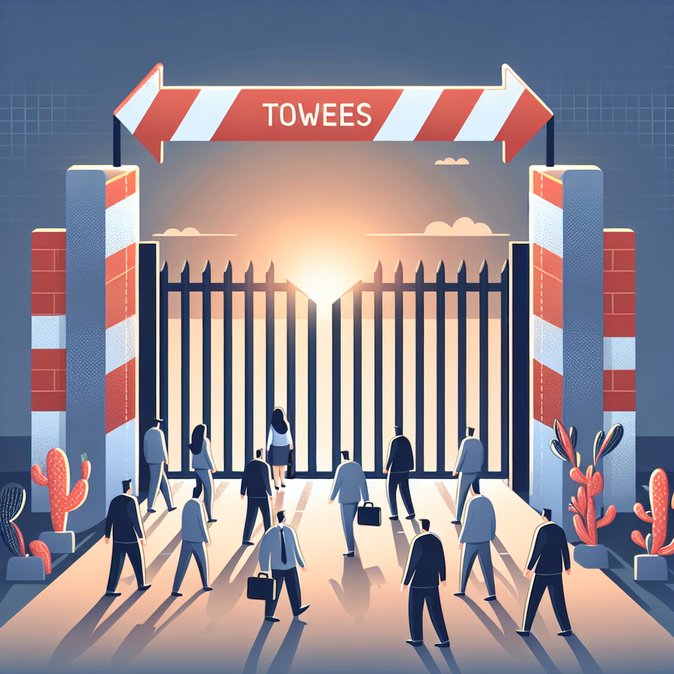
A federal district court in Colorado has dealt a major blow to the Department of Homeland Security’s April 2024 fee rule for the immigrant-investor (EB-5) visa program. In a 42-page opinion, Judge Charlotte Sweeney found that U.S. Citizenship and Immigration Services (USCIS) violated the EB-5 Reform and Integrity Act by raising fees without first completing the statutorily required fee study. The decision immediately restores the pre-2024 fee schedule—slashing the I-526E petition fee from USD 11,160 back to USD 3,675 and the I-829 petition fee from USD 9,525 to USD 3,750. Regional-center filing fees drop by similar margins.
The ruling arose from a lawsuit filed by the American Immigrant Investor Alliance and several regional-center operators, who argued that the steep increases—some exceeding 200 percent—would deter legitimate investment and force regional centers to pass costs on to job-creating projects. Judge Sweeney agreed, holding that USCIS skipped a mandatory economic-impact analysis and ignored congressional intent. She also signaled that investors may pursue class-wide reimbursement of over-payments.
![US Court Overturns 2024 EB-5 Filing-Fee Hikes, Reinstates Lower Costs for Investors]()
Practically, the decision re-opens the EB-5 pipeline to price-sensitive investors, particularly from India, China, and Latin-America, who had slowed filings after the April surge. Immigration attorneys report a jump in client inquiries since the opinion was issued on Saturday morning. Regional centers are already updating marketing materials and escrow agreements to reflect the lower costs.
Business-immigration advisers urge companies to reassess EB-5 as a financing tool. Pending cases that were filed under the higher fee schedule will continue to be processed, but plaintiffs plan to seek refunds. USCIS has not yet indicated whether it will appeal, but the agency faces pressure to defend its broader fee-rule overhaul now under multiple legal challenges. For corporations planning large capital projects, the fee rollback could reduce timelines for raising EB-5 funds and lower per-investor capital stacks by roughly USD 7,000.
Looking ahead, DHS is expected to publish a new fee proposal in December 2025. Observers anticipate more modest hikes accompanied by the required economic study, but warn that today’s ruling underscores the importance of procedural compliance when setting immigration user fees.
The ruling arose from a lawsuit filed by the American Immigrant Investor Alliance and several regional-center operators, who argued that the steep increases—some exceeding 200 percent—would deter legitimate investment and force regional centers to pass costs on to job-creating projects. Judge Sweeney agreed, holding that USCIS skipped a mandatory economic-impact analysis and ignored congressional intent. She also signaled that investors may pursue class-wide reimbursement of over-payments.

Practically, the decision re-opens the EB-5 pipeline to price-sensitive investors, particularly from India, China, and Latin-America, who had slowed filings after the April surge. Immigration attorneys report a jump in client inquiries since the opinion was issued on Saturday morning. Regional centers are already updating marketing materials and escrow agreements to reflect the lower costs.
Business-immigration advisers urge companies to reassess EB-5 as a financing tool. Pending cases that were filed under the higher fee schedule will continue to be processed, but plaintiffs plan to seek refunds. USCIS has not yet indicated whether it will appeal, but the agency faces pressure to defend its broader fee-rule overhaul now under multiple legal challenges. For corporations planning large capital projects, the fee rollback could reduce timelines for raising EB-5 funds and lower per-investor capital stacks by roughly USD 7,000.
Looking ahead, DHS is expected to publish a new fee proposal in December 2025. Observers anticipate more modest hikes accompanied by the required economic study, but warn that today’s ruling underscores the importance of procedural compliance when setting immigration user fees.










